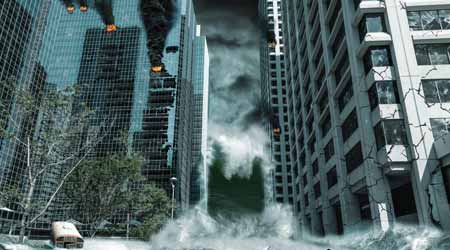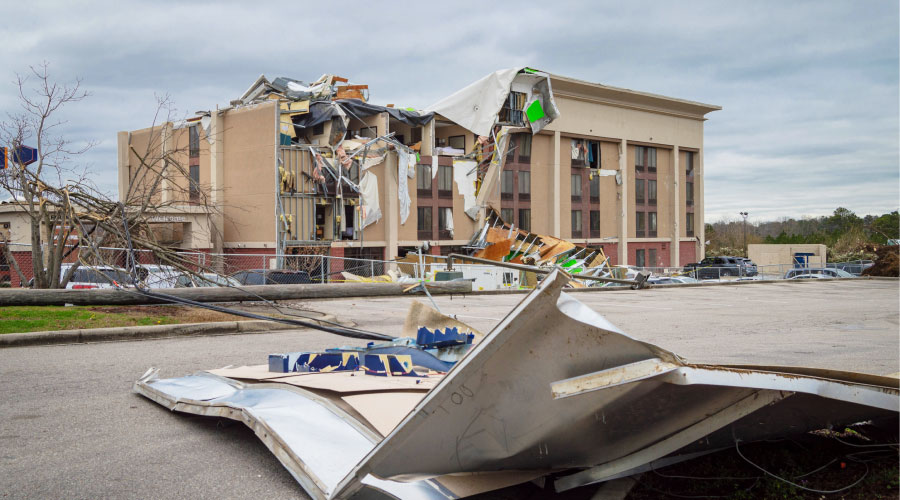Resilience: Collaboration and Justification
Resilience requires collaboration among disparate departments. And working together can help provide cost justification for resilience strategies.
3. Resilience and collaboration. One of the huge benefits of working on resilience is building cross-departmental bridges. This gets the entire organization moving in the same direction on resilience specifically, but eventually any other issue as well. “The process of planning resilience ties a lot of folks together who hadn’t really been talking before,” says Newman. “Working on resilience creates a need for a better culture of interaction. Talking takes time, so it builds relationship.”
But because no building is an island, working on resilience is not just about forming partnerships within an organization. It means working with the local community, as well.
4. Resilience and cost justification. Measuring how resilient a building is has always been tricky. But new rating systems like the RELi Action List and Credit Catalog give facility managers, designers, and building owners specific strategies and measurable targets to hit to facilitate resilient facilities.
“RELi specifically addresses resilience on multiple levels and from different approaches, including requirements and credits for providing fundamental access to first aid, emergency supplies, water, food, and communications; community cohesion and social and economic vitality; and social and ecological diversity,” says Holowka. Green Business Certification Inc., which manages LEED, also manages the RELi certification process. Using RELi certification as a measurement of resilience can show upper managers how investments in resilience are being recognized in the industry as cutting edge and proven to be effective, and therefore well worth the cost.
Another way to justify cost is a potential reduction in insurance premiums. But the strongest strategy for showing ROI in resilience is calculating the loss of business if a building is out of operation for any length of time.
“Business continuity loss is the big justification,” says Newman. “Thinking through and executing resilience strategies can save millions of dollars in lost work.”
Holowka agrees: “For many businesses, a day lost is significant, so being able to stay open or return to operations more quickly is a significant financial and competitive advantage.”
Email comments to greg.zimmerman@tradepress.com.
Related Topics:













